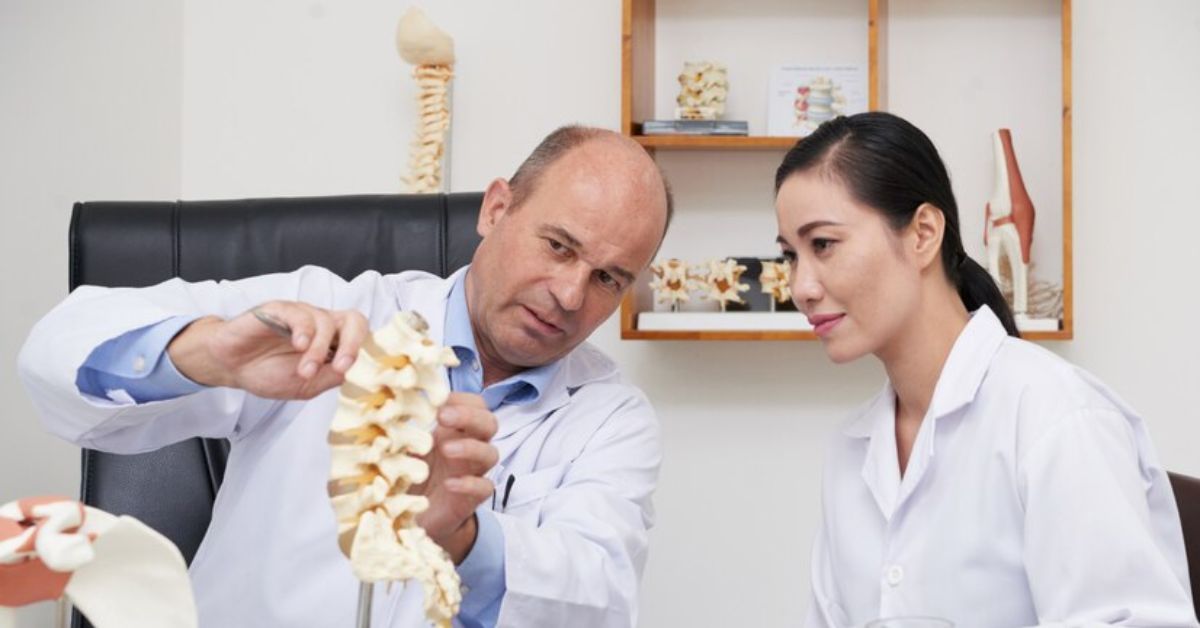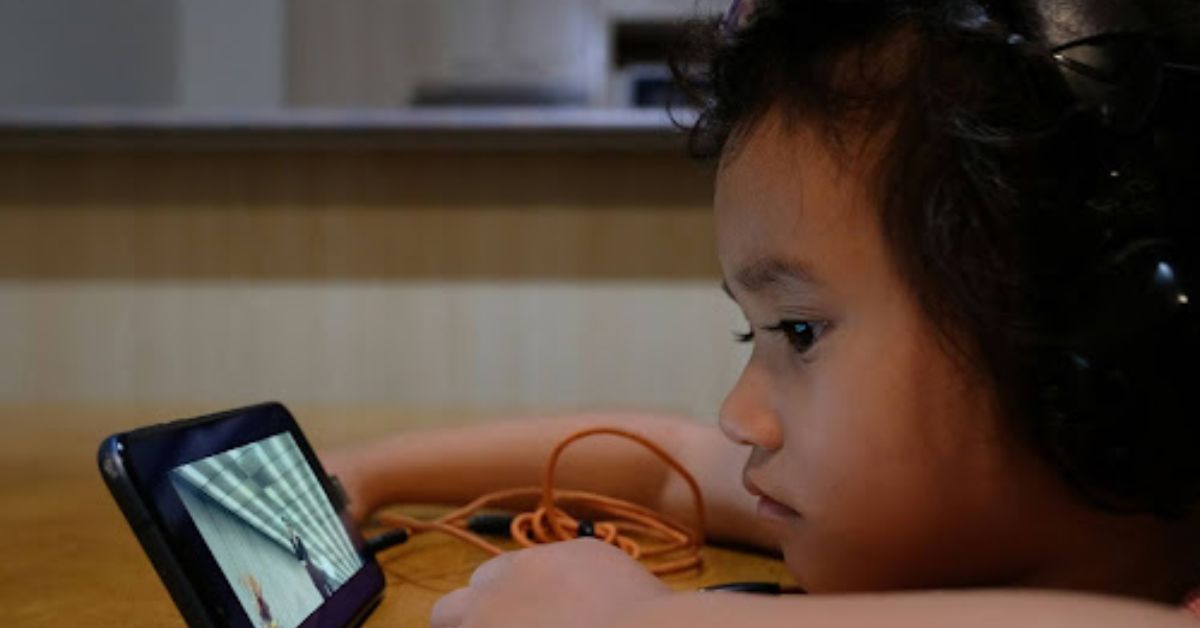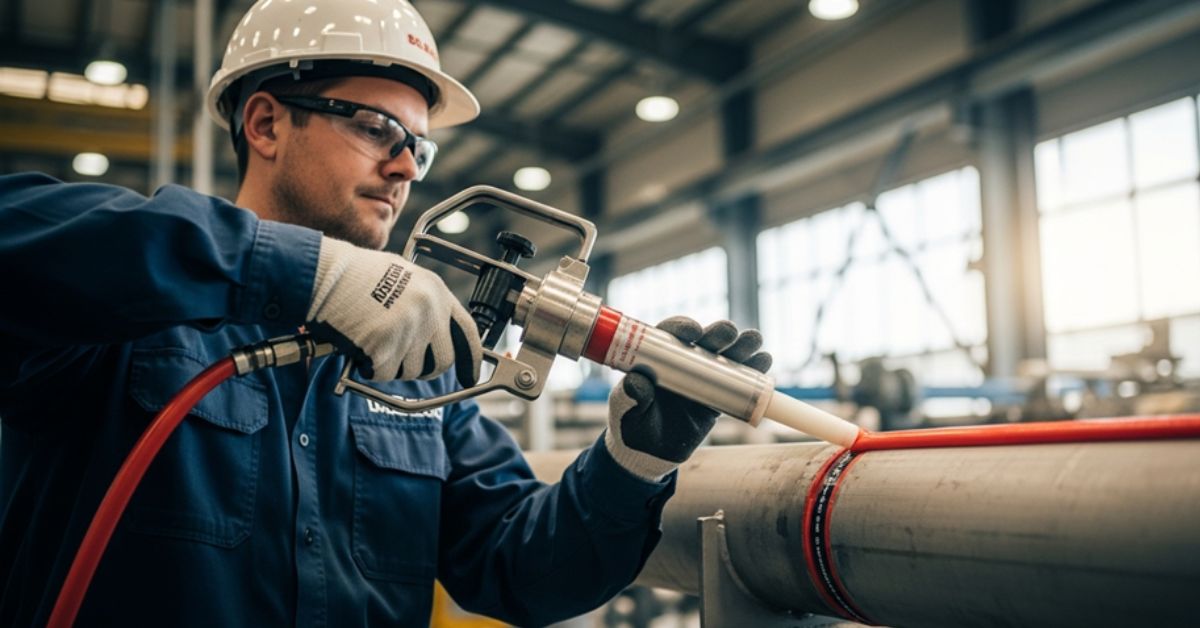Musculoskeletal injuries can significantly impact daily life, hindering mobility and causing chronic pain. Among these injuries, distal biceps tendon ruptures and herniated discs are two common conditions that many individuals face, particularly as they age or engage in physically demanding activities. Understanding these conditions, their symptoms, treatment options, and prevention strategies is key to managing and recovering from these injuries. In this article, we’ll explore the causes, symptoms, and treatment options for both distal biceps tendon ruptures and herniated discs.
What is a Distal Biceps Tendon Rupture?
A distal biceps tendon rupture occurs when the tendon that connects the biceps muscle to the elbow joint tears or ruptures. This injury typically happens in the lower part of the arm, near the elbow, and is most commonly seen in individuals who perform repetitive overhead activities or engage in heavy lifting.
Causes of Distal Biceps Tendon Ruptures:
The primary cause of a distal biceps tendon rupture is often sudden, forceful movements, such as lifting a heavy object or performing a quick, intense motion. The injury is more common in people who lift weights or engage in sports that require quick arm movements. A biceps tendon rupture can also occur due to long-term wear and tear, particularly in older adults whose tendons may have weakened over time.
Symptoms of Distal Biceps Tendon Ruptures:
Common symptoms of a distal biceps tendon rupture include:
- A sudden, sharp pain in the elbow or upper arm.
- A “pop” or snapping sound at the time of the injury.
- Weakness in the arm, especially when lifting or bending the elbow.
- Swelling, bruising, or tenderness around the elbow area.
Risk Factors:
Several factors increase the risk of suffering from a distal biceps tendon rupture:
- Age: The condition is more common in individuals over the age of 40.
- Physical activity: Athletes and weightlifters are at a higher risk due to repetitive stress on the arm.
- Previous injuries: If a person has suffered an elbow injury in the past, they may be more prone to rupturing the tendon in the future.
What is a Herniated Disc?
A herniated disc, also known as a slipped or ruptured disc, occurs when the soft cushion between the vertebrae in the spine (called intervertebral discs) pushes out of its normal position. This displacement can irritate surrounding nerves, causing pain and other symptoms.
Causes of Herniated Discs:
The most common cause of a herniated disc is the natural aging process, as the discs lose their flexibility and elasticity. However, sudden injuries, such as lifting a heavy object improperly or twisting the spine in a sudden motion, can also cause a disc to herniate. Repetitive strain and poor posture may also contribute to the condition.
Symptoms of Herniated Discs:
The symptoms of a herniated disc can vary based on the location of the disc in the spine. Common symptoms include:
- Back or neck pain, which may radiate to the arms or legs.
- Numbness, tingling, or weakness in the arms, legs, or hands.
- Pain that worsens with certain movements or positions.
Risk Factors:
Risk factors for herniated discs include:
- Age: Herniated discs are more common in people between the ages of 30 and 50.
- Lifestyle: Sedentary habits, poor posture, and lack of core strength contribute to the risk.
- Occupation: Jobs that require heavy lifting or repetitive bending are associated with a higher risk of developing a herniated disc.
How Distal Biceps Tendon Ruptures and Herniated Discs Are Diagnosed
Accurate diagnosis is crucial in effectively treating both distal biceps tendon ruptures and herniated discs. A healthcare provider will evaluate the symptoms, perform a physical exam, and may order imaging tests to confirm the diagnosis.
Diagnosing Distal Biceps Tendon Ruptures:
A healthcare provider will conduct a physical exam to assess the strength and movement of the affected arm. Imaging tests, such as an MRI or ultrasound, can help confirm the extent of the tendon damage. Check out Modern Orthopaedics about the treatment for distal bicep tendon ruptures if you suspect a rupture, as they provide specialized care to address these injuries.
Diagnosing Herniated Discs:
For herniated discs, a doctor will perform a physical exam and assess neurological function, such as reflexes and muscle strength. Imaging tests like X-rays or MRIs are commonly used to confirm the herniation and determine its exact location in the spine. Learn more about herniated disc nj at New Jersey Spine Institute, where they offer state-of-the-art diagnostic tools and personalized treatment plans.
Treatment Options for Distal Biceps Tendon Ruptures
Treating a distal biceps tendon rupture can involve both non-surgical and surgical approaches, depending on the severity of the injury.
Non-Surgical Treatment:
In mild cases, non-surgical treatment may be sufficient. This includes:
- Resting the affected arm and avoiding activities that could aggravate the injury.
- Applying ice to reduce swelling and inflammation.
- Using over-the-counter pain medications, such as ibuprofen, to manage pain.
- Physical therapy to improve strength and flexibility in the arm.
Surgical Treatment:
For severe ruptures, surgery may be required to repair the tendon. The procedure typically involves reattaching the tendon to the bone at the elbow. The recovery process after surgery includes physical therapy to restore full function and strength.
Rehabilitation:
Whether surgical or non-surgical, rehabilitation plays a critical role in recovery. Strengthening exercises, range-of-motion stretches, and progressive activity modifications help individuals regain their strength and mobility.
Treatment Options for Herniated Discs
Similar to distal biceps tendon ruptures, treatment for a herniated disc may involve both non-surgical and surgical options, depending on the severity of the condition.
Non-Surgical Treatment:
For many individuals with a herniated disc, non-surgical treatments are sufficient:
- Rest and avoid activities that worsen symptoms.
- Physical therapy to strengthen the muscles around the spine and improve posture.
- Medications, such as pain relievers or anti-inflammatory drugs, to manage pain and inflammation.
- Epidural steroid injections may be used to reduce inflammation and provide temporary relief.
Surgical Treatment:
If conservative treatments fail, surgery may be recommended. The most common surgical procedure for herniated discs is a discectomy, in which the herniated portion of the disc is removed to relieve pressure on the nerves. In more severe cases, spinal fusion may be required to stabilize the spine.
Alternative Therapies:
Chiropractic care, acupuncture, and massage therapy are alternative treatments that some individuals find beneficial for managing pain and improving mobility.
Prevention and Recovery Tips for Both Injuries
Preventing distal biceps tendon ruptures and herniated discs involves adopting certain lifestyle habits and exercise routines:
Preventing Distal Biceps Tendon Ruptures:
- Warm up before exercise or physical activity.
- Use proper lifting techniques, especially when handling heavy objects.
- Incorporate strength training exercises to build muscle strength in the arms and shoulders.
Preventing Herniated Discs:
- Maintain good posture when sitting, standing, and lifting.
- Engage in core-strengthening exercises to support the spine.
- Avoid prolonged periods of sitting and take breaks to stretch and move.
Recovery:
Both injuries require patience and adherence to a recovery plan. Following your healthcare provider’s recommendations, attending physical therapy sessions, and refraining from activities that could re-injure the area are essential to a full recovery.
Conclusion
Understanding the nature of musculoskeletal injuries, such as distal biceps tendon ruptures and herniated discs, is crucial for effective treatment and prevention. By recognizing the symptoms early and seeking appropriate medical care, individuals can recover and return to their normal activities. If you experience pain, weakness, or other symptoms related to these injuries, consult a healthcare provider who specializes in musculoskeletal conditions for personalized care.
With proper treatment and rehabilitation, both distal biceps tendon ruptures and herniated discs can be effectively managed, helping you return to a pain-free, active lifestyle.











